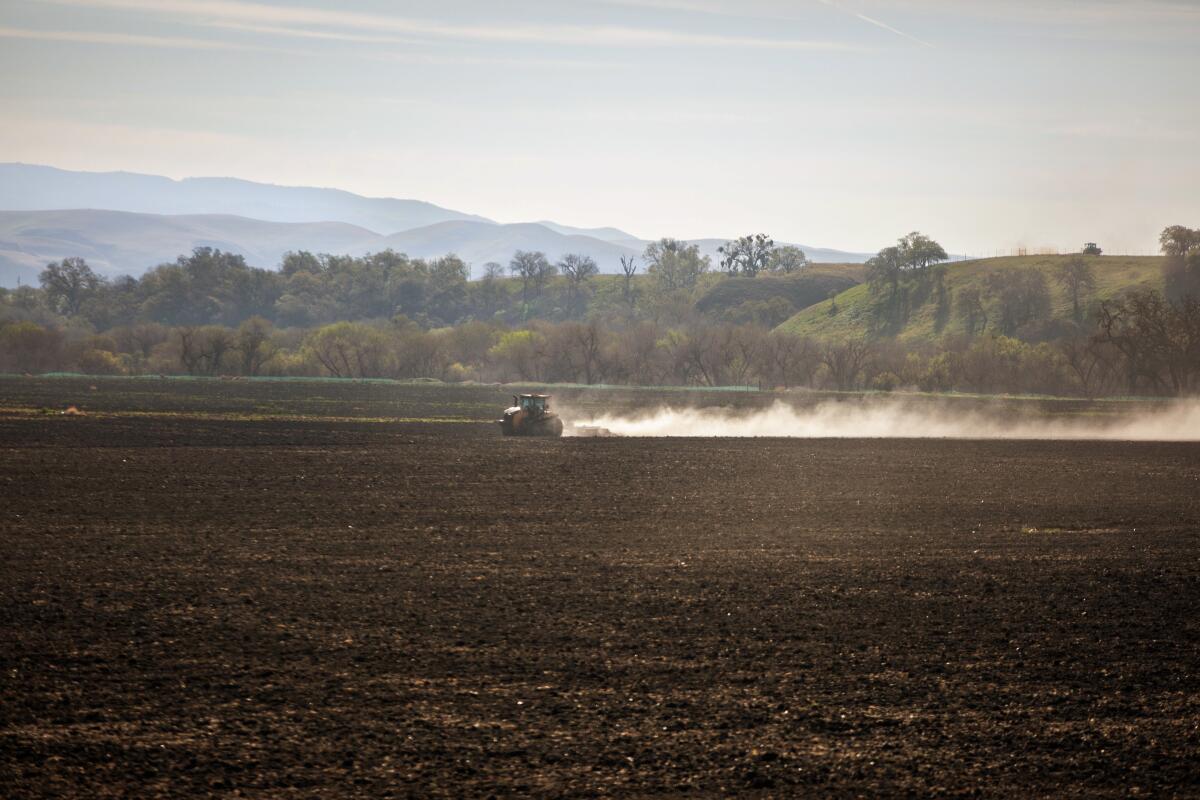Valley fever sickens attendees of Kern County music festival

- Share via
California health officials are urging people who attended the Kern County music festival Lightning in a Bottle to seek medical care if they are experiencing respiratory symptoms or a fever.
Authorities have identified five patients with valley fever who attended the six-day event, which was held May 22-27 at Buena Vista Lake, near Bakersfield. Three people have been hospitalized.
More than 20,000 people attended the festival.
One attendee, on a Reddit r/LightningInaBottle thread, said a festival companion had been hospitalized for two weeks with “severe” valley fever.
“If you get unexplainable symptoms such as fever, chills, and headaches/neck pain,” the user wrote, “let the doctors know it could be valley fever, even though it’s been several months.”
We spoke to experts in the realms of science, academia and water filtration to help you navigate the often complicated, ever-fluid world of residential tap water, so that you can make smarter and more informed choices about how to purify your drinking water.
Valley fever is an infectious disease caused by the coccidioides fungus, which grows in the soil and dirt in some areas of California. It is most commonly found in the San Joaquin Valley and Central Coast of California.
Health officials say that most people exposed to this fungus don’t end up developing the disease, but it can infect the lungs and cause respiratory symptoms in some people, including cough, difficulty breathing, fever and fatigue.
In rare cases, the fungus can spread to other parts of the body and cause severe disease.
Valley fever is not contagious. Past outbreaks have been linked to dust and dirt exposure at outdoor events and job sites where dirt is disturbed — in areas of the state where the fungus is common.
Valley fever is on the rise in California, with particularly high numbers of cases reported in 2023 and 2024. The fungus appears to flourish in wet years.
A 2022 study in the medical journal the Lancet concluded that multiyear cycles of dry conditions followed by wet winters increased transmission, especially in areas that were historically wetter. Climate change is expected to increase the frequency and duration of drought throughout the Southwestern United States, potentially increasing the prevalence of valley fever spores and fungus.
Kern County has the highest incidence rate in the state, and it accounts — on average — for about a third of the cases.
State health officials say that people who have visited Kern County in recent months and are experiencing respiratory symptoms that have not improved or are lasting longer than a week should see a healthcare provider and ask about possible valley fever.
They also urge people to mention attendance at the music festival or travel to Kern County.
The beverage is a collaboration with fitness influencer Paul Saladino, who proselytizes the health benefits of eating animal organs. But is it safe?
Attendees can visit the California Department of Public Health’s valley fever survey website for more information and to share details about any illness.
Another Reddit user said they came down with the disease two weeks after returning from the festival to their home in Colorado.
The music fan described a “terrible” cough, headache, body aches, fever and chills.
Representatives from the Lightning in a Bottle festival said in a statement to The Times on Tuesday that they “prioritize the health and safety of all our patrons” and are working with state and county health officials to learn more about the disease and take “any preventative measures we can take to reduce valley fever risk for future festival events.”
More to Read
Sign up for Essential California
The most important California stories and recommendations in your inbox every morning.
You may occasionally receive promotional content from the Los Angeles Times.












